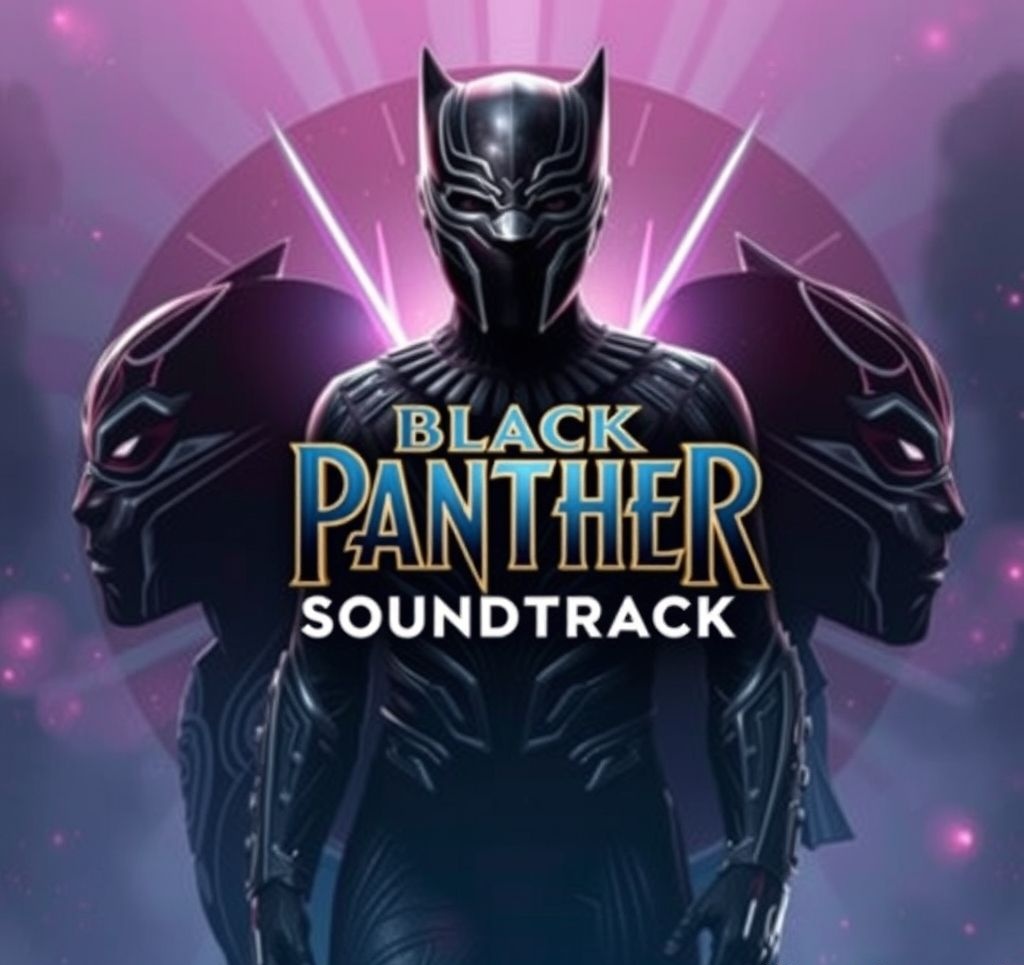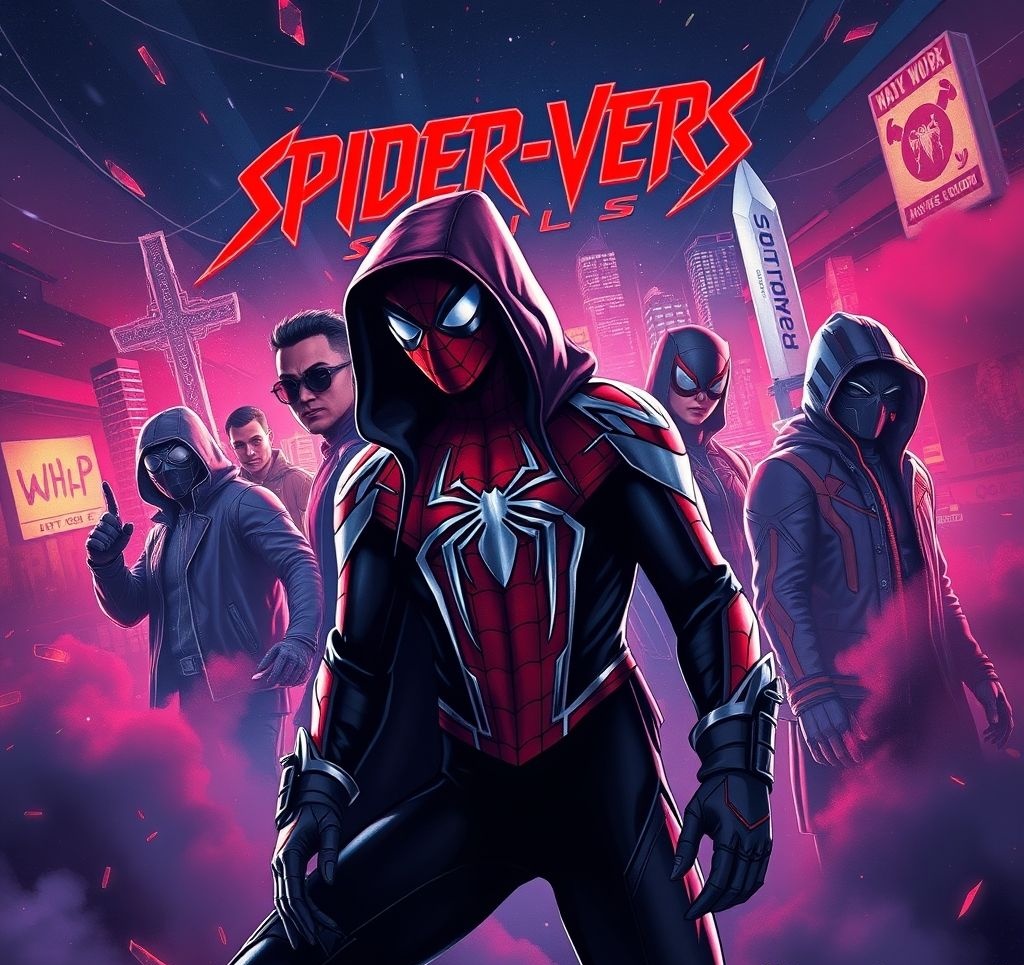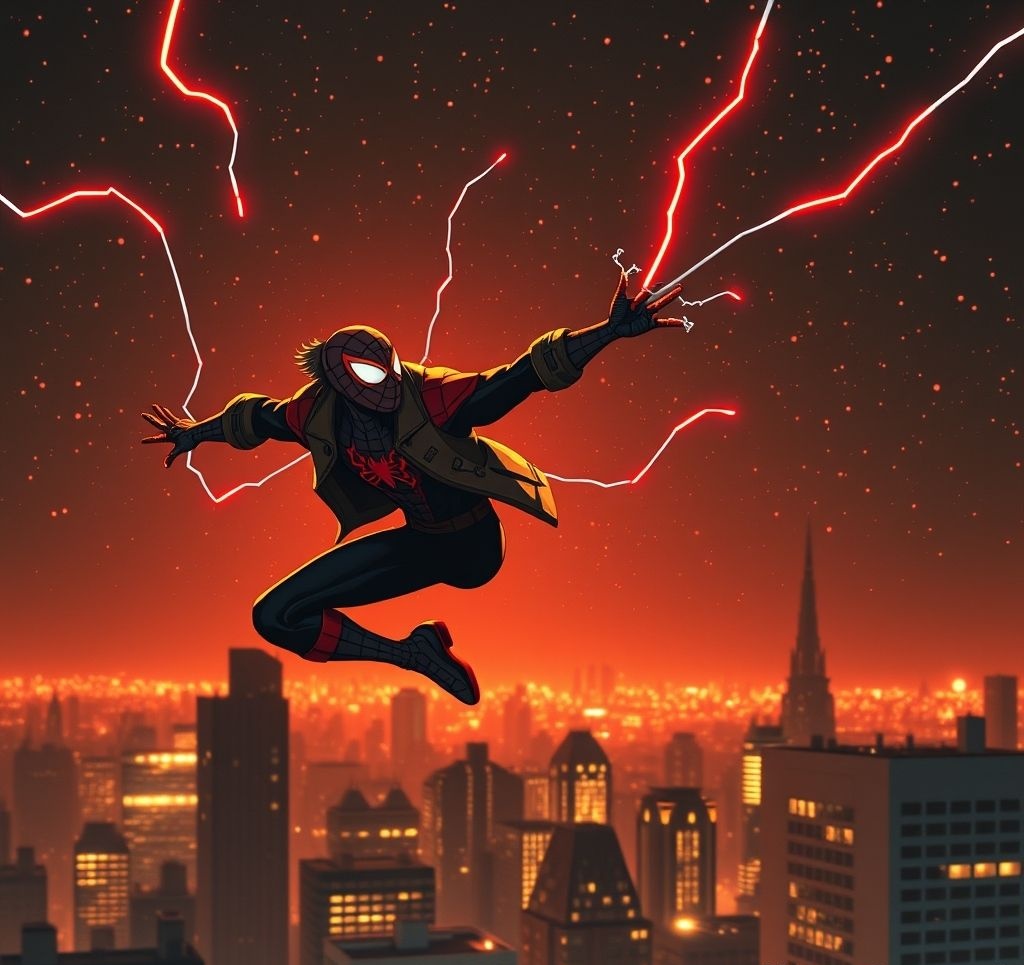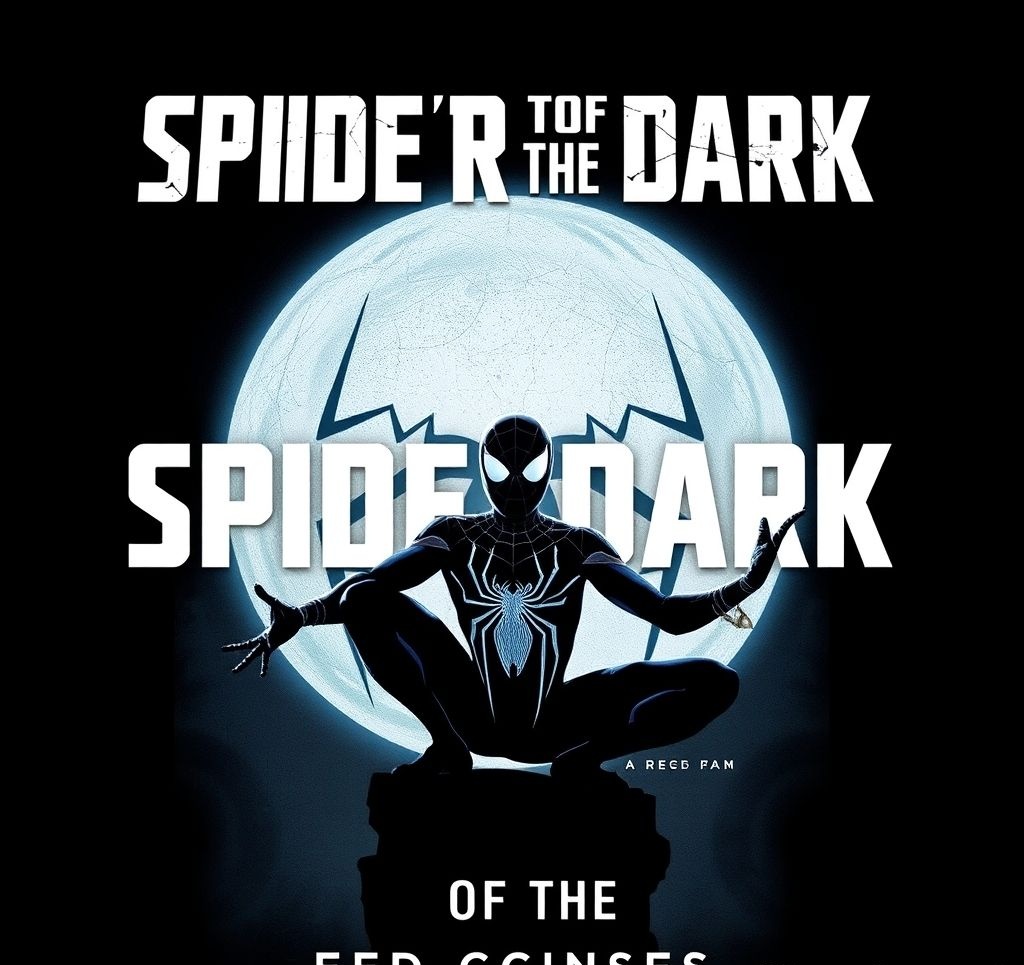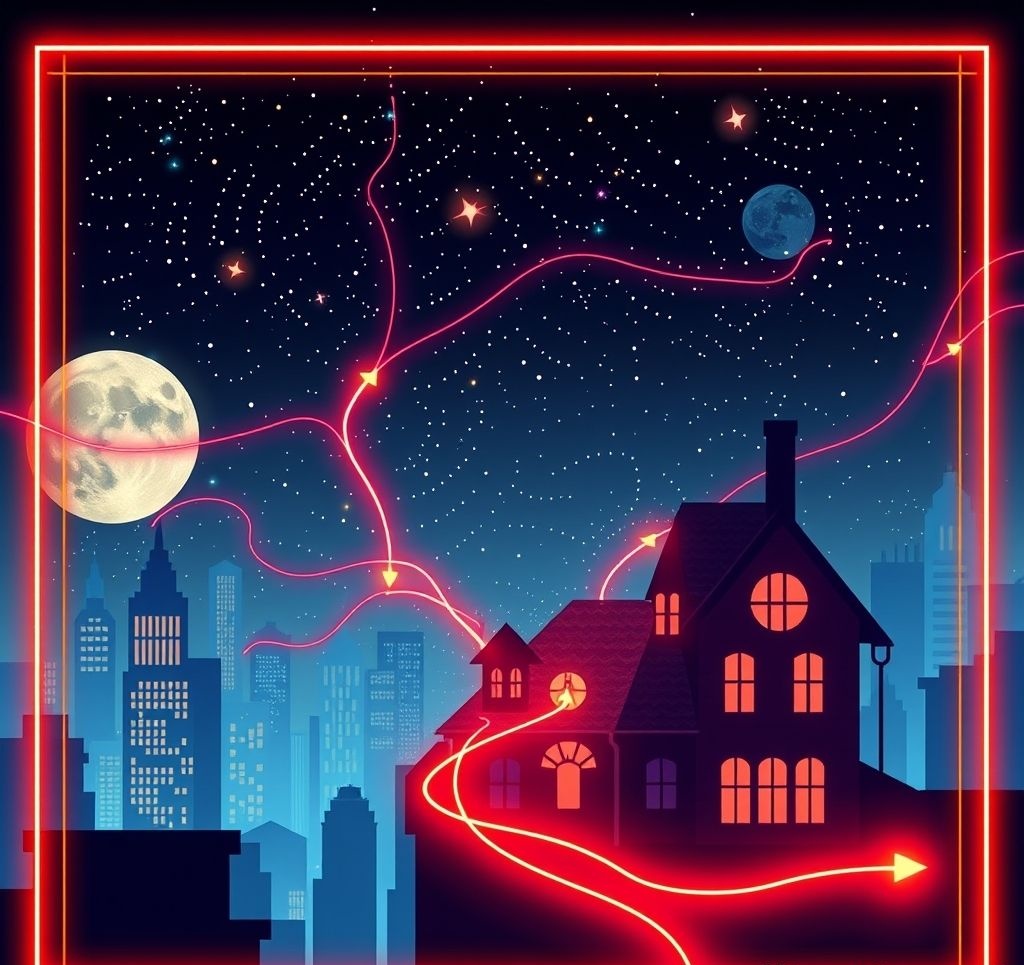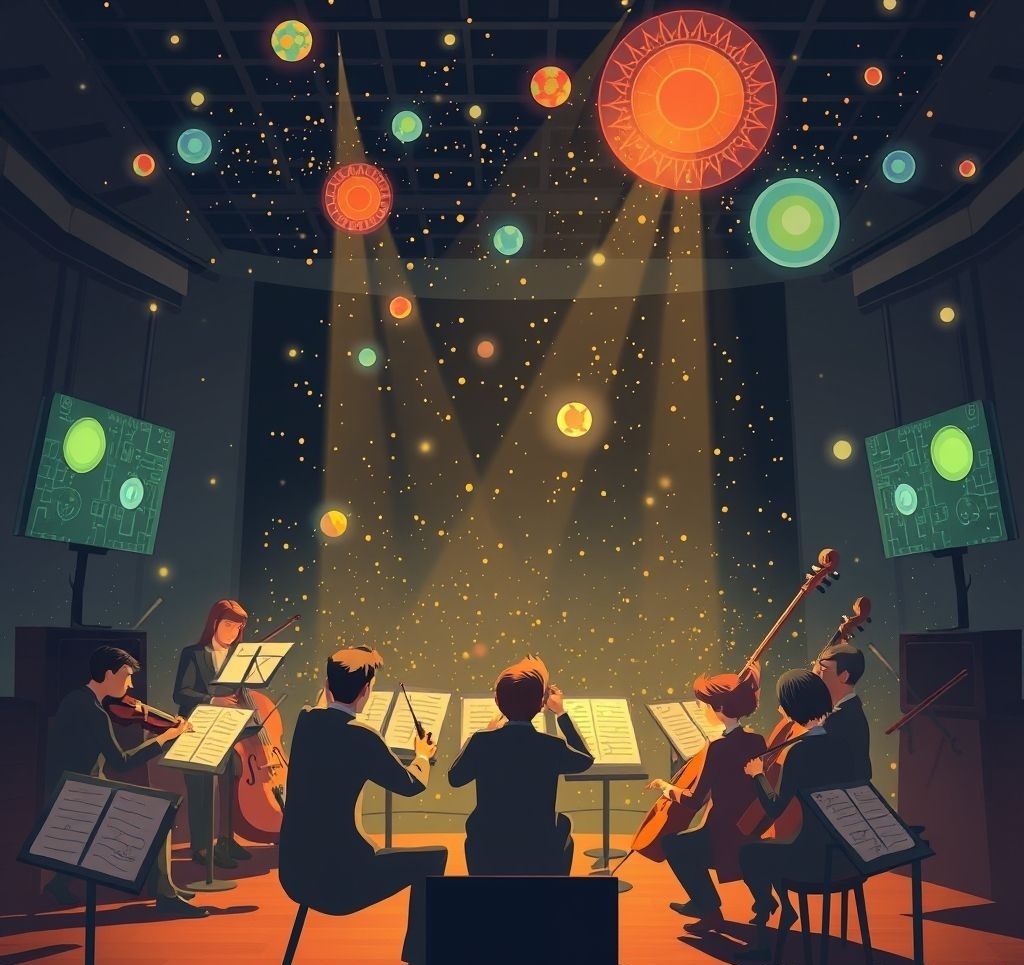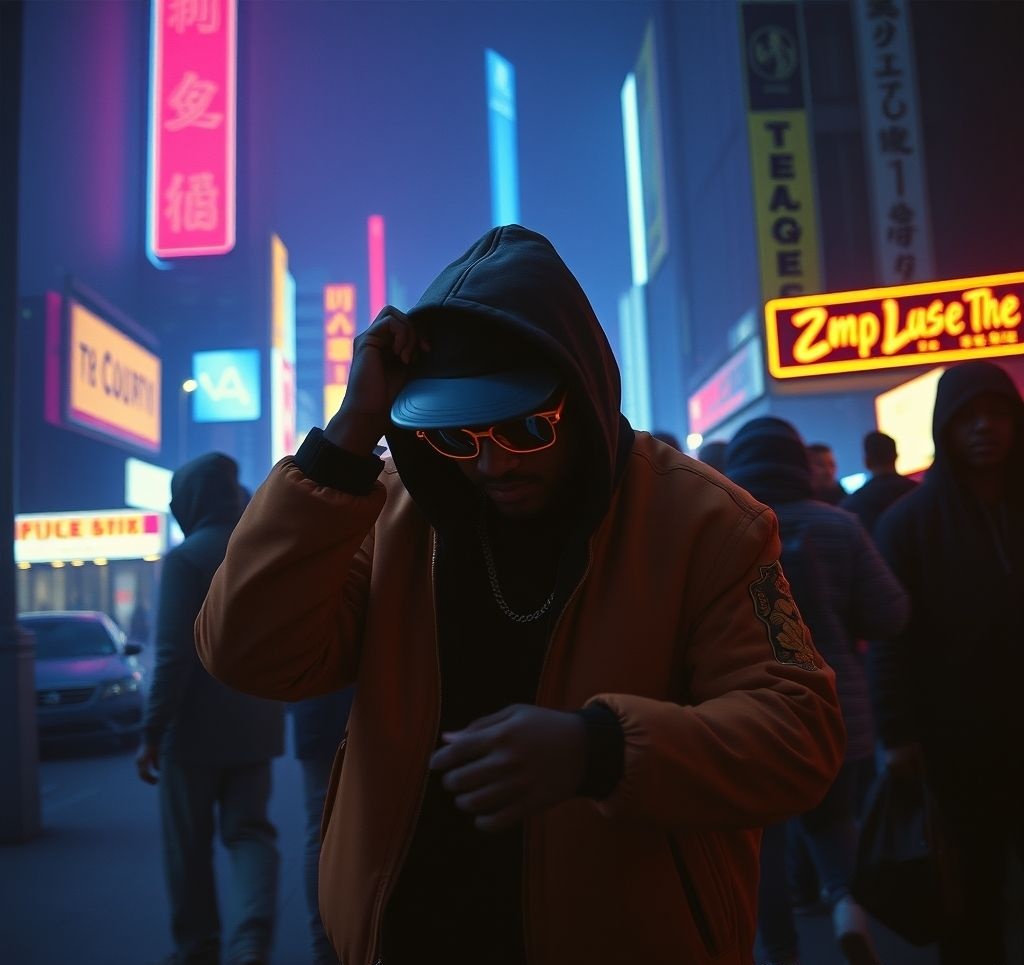Composer Daniel Pemberton faced a unique challenge: creating a score that could encompass multiple animation styles, character backgrounds, and parallel universes while maintaining coherence. His solution was to develop a multifaceted approach where instrumentation, technique, and style shift based on which character is featured and which universe is being depicted.
Miles Morales: Brooklyn Beats and Orchestral Evolution
For the film's protagonist, Pemberton created a musical signature that blends hip-hop beats with orchestral elements. Miles's theme evolves throughout the film, beginning with simpler arrangements featuring turntable scratches, drum machines, and synthesizers that reflect his Brooklyn roots and teenage identity. As Miles grows into his Spider-Man role, his music incorporates more traditional heroic elements—brass flourishes and string sections that suggest the epic scale of his journey—while maintaining its hip-hop foundation.
This musical evolution is particularly evident in the "Leap of Faith" sequence, where Pemberton builds from minimal percussion to a full orchestra with electronic elements, mirroring Miles's transformation from hesitant teenager to confident hero. The score never abandons its hip-hop identity but expands it to incorporate more traditional superhero musical motifs, just as Miles never abandons his personal identity while taking on the Spider-Man mantle.
Peter B. Parker: Classic Motifs with a Twist
For the older, jaded Peter B. Parker, Pemberton cleverly references established Spider-Man musical traditions (including subtle nods to scores from previous Spider-Man films) but adds elements that suggest wear and fatigue. His theme includes more traditional orchestral superhero motifs but often presents them with minor key variations or slightly disconnected timing that reflects his disheveled state.
As Peter reconnects with his purpose through mentoring Miles, his musical cues gradually become more aligned and coherent, suggesting his own redemptive arc. The music never becomes as fresh as Miles's theme—maintaining a nostalgic quality that reflects Peter's generational difference—but it regains some of its heroic luster by the film's conclusion.
Multiversal Characters: Genre-Bending Techniques
Pemberton's most innovative work comes in his musical characterization of the various Spider-People from alternate dimensions. Each character receives distinctive musical treatment that reflects their universe of origin:
Spider-Gwen
Featuring alternative rock and indie pop elements with female-voiced ethereal vocalizations, Gwen's music incorporates drumming patterns reminiscent of her band The Mary Janes. Electric guitar with chorus and reverb effects establishes her cool, confident presence while distinguishing her musical identity from the more hip-hop oriented cues for Miles.
Spider-Man Noir
Nicholas Cage's hard-boiled detective receives jazz noir scoring with muted trumpets, saxophone, and percussion techniques that evoke 1930s crime films. Pemberton employs vinyl crackle effects and frequency filtering to create an "old recording" quality that matches the character's black-and-white visual presentation.
Peni Parker
Incorporating J-pop influences and electronic elements reminiscent of anime soundtracks, Peni's theme uses synthesizer arpeggios, digital chimes, and occasional chip-tune effects that reference her technological background and the mecha genre she represents.
Spider-Ham
For the cartoon pig, Pemberton employs classic cartoon music techniques including slide whistles, xylophone runs, and exaggerated musical "stings" for comedic effect. The orchestration becomes deliberately silly and employs timing techniques reminiscent of Carl Stalling's work on Looney Tunes, mirroring the character's cartoon physics.
When these characters appear together, Pemberton skillfully blends their musical signatures, sometimes switching between styles within a single cue as the camera focuses on different characters. This approach reinforces the film's visual differentiation between Spider-People while maintaining overall musical coherence.
Kingpin and Villains: Industrial Menace
For the film's antagonists, particularly Wilson Fisk/Kingpin, Pemberton develops darker, more industrial soundscapes. Harsh synthesizers, distorted percussion, and aggressive brass create a sense of mechanical menace that reflects both Kingpin's physical imposingness and the technological threat of the particle accelerator.
The Prowler (Uncle Aaron) receives particularly distinctive treatment with a recurring four-note motif performed on processed synthesizer that serves as an audio warning of his approach. This signature becomes a crucial storytelling element, building tension and signaling danger before the character even appears on screen. The motif undergoes a significant transformation during the character's death scene, where Pemberton strips away the electronic processing to reveal its vulnerable musical core—a perfect aural representation of the moment when Aaron removes his mask and reconnects with his nephew.
Experimental Techniques: Breaking Musical Conventions
Just as the film's animation breaks visual rules, Pemberton's score incorporates experimental techniques that push beyond traditional film scoring approaches. During the psychedelic sequences when Miles first receives his powers or when the multiverse glitches, Pemberton employs techniques like:
- Microtonality - Using notes between the standard Western 12-tone scale to create disorienting effects
- Aleatoric Elements - Introducing controlled randomness into orchestral sections
- Granular Synthesis - Digitally manipulating tiny audio samples to create textural soundscapes
- Glitch Techniques - Deliberately introducing digital "errors" that mirror the visual glitching in the film
- Phasing Patterns - Using Steve Reich-inspired techniques where identical patterns play at slightly different speeds, gradually shifting in and out of synchronization
These experimental approaches don't just showcase technical virtuosity—they directly support the film's narrative by aurally representing the instability of the multiverse and the characters' disorientation when experiencing dimensional shifts.
Pemberton's score succeeds because it parallels the film's visual philosophy—it respects established traditions while confidently breaking rules, creates distinct identities for different elements while maintaining overall coherence, and balances experimental techniques with emotional accessibility. Like the animation itself, the score finds innovative ways to express character and advance storytelling rather than employing innovation purely for its own sake.
